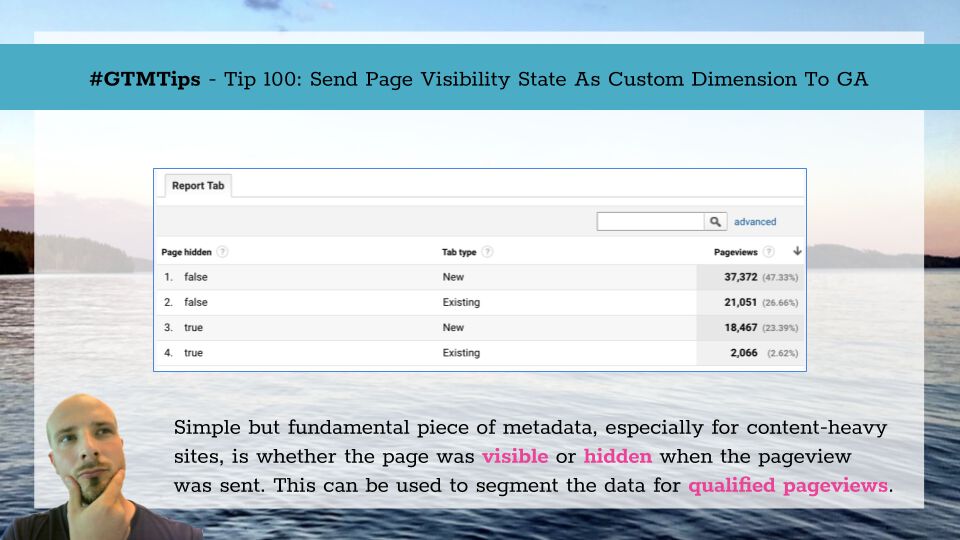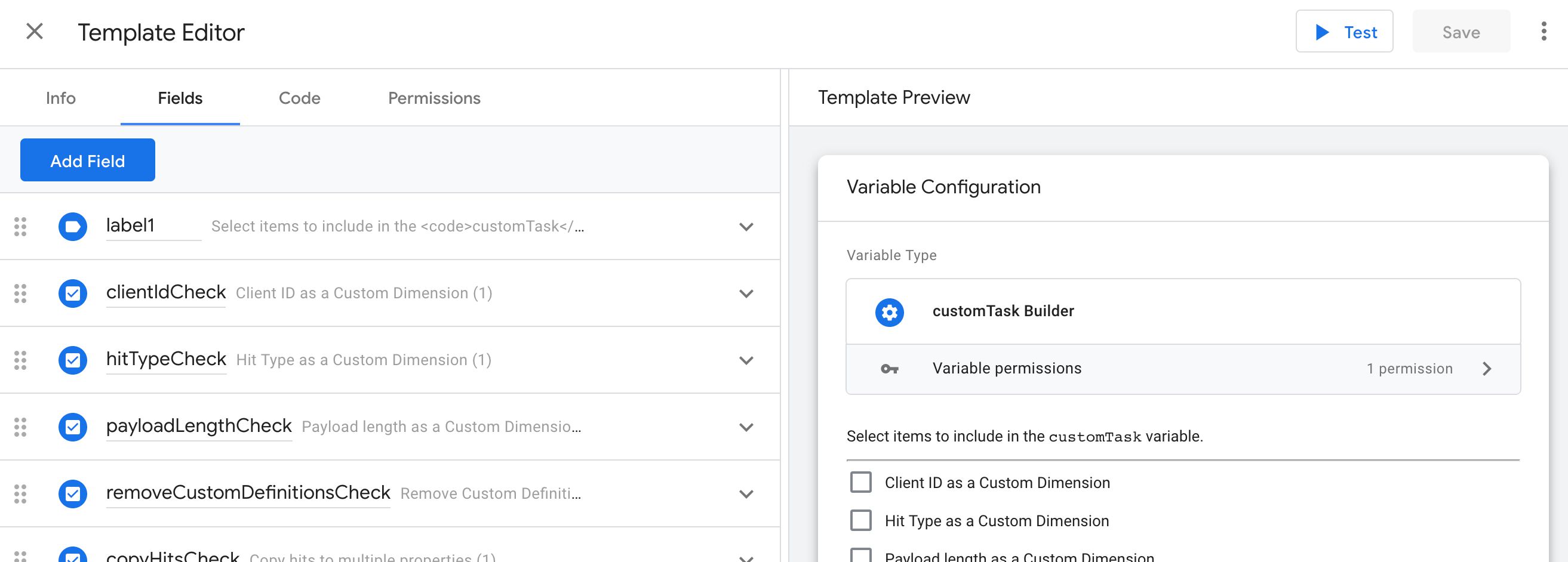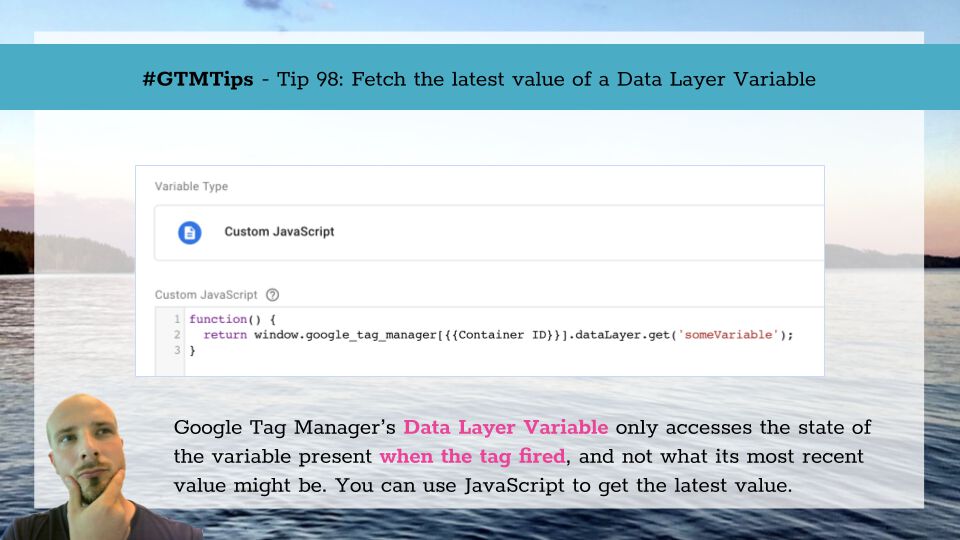One of my pet peeves about Google Analytics has to do with nomenclature. For example, a User isn’t really a user but a browser instance, and Direct traffic isn’t necessarily “direct” at all, but rather just traffic that has no discernible source. But being so invested in content analytics, my biggest gripe has to do with Pageviews.
A Pageview in Google Analytics is collected when a hit with the hit type pageview is received successfully by the Google Analytics endpoint.






